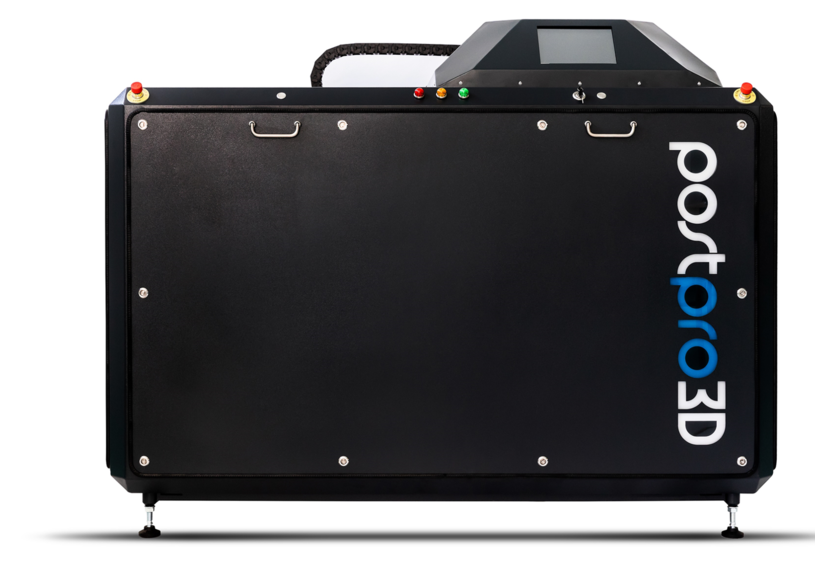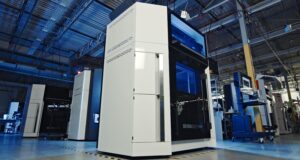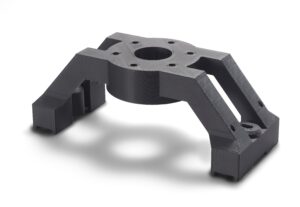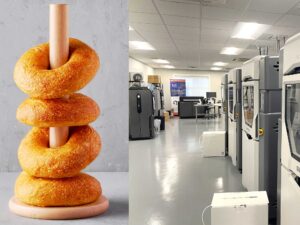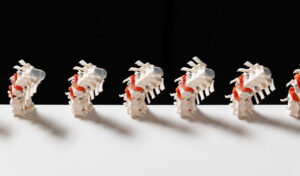Post-processing is one of the less glamorous, but essential duties of additive manufacturing. And depending on the type of additive technology you have, post-processing techniques and systems may differ.
Speaking from a large-scale production perspective, additive fusion technologies have been emerging as the clear winners when it comes to mass production and consistency from part to part. And with mass production comes mass part finishing. Enter, Additive Manufacturing Technologies (AMT) “the world leader in automated post-processing technology for 3D printed parts.”
One of AMT’s newer machines utilizes their proprietary BLAST (Boundary Layer Automated Smoothing Technology) process. The PostPro3D automated finishing machines use a solvent named PostProBlastX in a closed loop system to chemically smooth 3D printed parts. The process will importantly keep physical and mechanical properties of the parts in tact and simultaneously produce extremely consistent surfaces finishes.
This chemical vapor smoothing process provides quicker turnaround time as compared to traditional post-processing methods. The PostPro3D unit is equipped with a 90-liter vat of smoothing space for your parts. And with a complete cycle time of just under 2 hours, AMT has really paved the way for the scaling of additive service bureaus.
